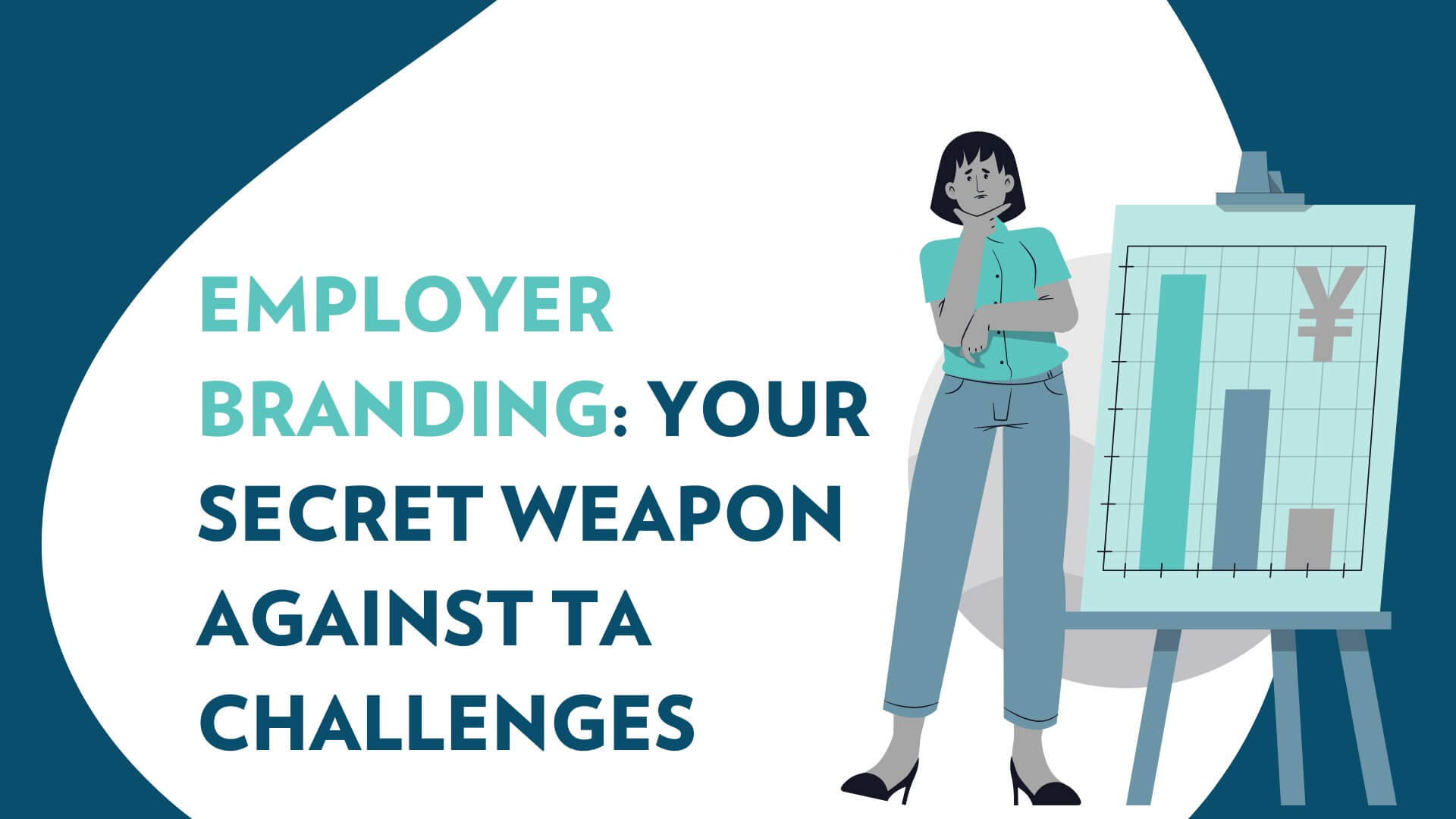How to make workplace wellbeing initiatives WFH friendly
Across Australia, pandemic lockdown woes never seem to end. The corporate world feels the rippling consequences of ongoing lockdowns and work-from-home arrangements as staff start to disengage, burn out, and lose focus. But now is not the time to lose sight of the light at the end of the tunnel. It is more important than ever to engage with your team members and make sure that they feel included, supported, and motivated to meet their potential. Don’t be left scratching your head wondering how to look after your team. Our in-house charity, Healthy Workplaces, is here to help you realise the immense value of workplace wellbeing initiatives.
Why use workplace wellbeing initiatives?
Let’s not allow long-term work wins to be obfuscated by short-term work woes. Yes, lockdown disrupts everyones’ routines and prevents them from enjoying their usual outdoor activities, but there are several ways you can prioritise the collective health and wellbeing of your team. Workplace wellbeing initiatives empower you to support your staff during public health crises and when it is business as usual.
Corporate wellbeing initiatives are extremely beneficial for employers. By implementing a common goal, you empower your team to collaborate, stay engaged, and reduce stress (as well as staff turnover). Your team members, similarly, feel seen and supported by their employer. A fun, competitive and health-conscious atmosphere in the office complements a strong company culture. If staff are working from home, workplace wellbeing initiatives keep team members engaged and foster camaraderie even at a distance. COVID may have shifted the way we do business, but it doesn’t have to shift the way your team prioritises mental and physical health as a key business driver.
Employer benefits of workplace wellbeing initiatives
For most employers, helping your team stay engaged, motivated, and connected to the work they do is a top priority. Studies show that employees who stay active and do challenging work are less likely to leave their job due to under stimulation. What more could you want for your team, particularly when so many of them are still working from home across the country? Workplace wellbeing initiatives are a great tool to keep your team engaged rather than letting them feel trapped by circumstances out of their control. Furthermore, team members who participate in health, fitness, and wellness activities during the workday are less likely to burnout. Over time, this reduces staff turnover, too.
It’s important to show your team that you care about more than just their work output. Workplace wellbeing initiatives are a great way to show your team that you are invested in their holistic wellbeing. Put time and resources into workplace wellbeing initiatives that centre on your staff’s mental and physical health, their energy, their overall wellness. This is key to keep your existing talent happy and satisfied and augmenting your employer brand when recruiting new team members.
P.S: If you want to know how to tell if your employees are engaged (and what to do if they aren’t), we have great advice to support you.
Staff benefits of workplace wellbeing initiatives
For team members, work-from-home arrangements reshape most of the benefits of the workplace. For many employees, the perks of their role are almost as important as the work itself! It might be that your staff enjoy your beautiful location and array of cafes and amenities close to the office. Or perhaps you offer an onsite gym and change room. For many people, just coming into a bright, positive environment and chatting to friendly team mates is really important to their day!
If some or all of your team is working in isolation, workplace wellbeing initiatives go a long way to make them feel supported, stimulated and connected to their work. It is hard to stress the importance of teamwork when your team is spread out and contact is limited. Try implementing a great initiative to get your team in the competitive spirit and focusing on something lighthearted.
Moreover, the benefits of well-structured workplace wellbeing initiatives diffuse into your team’s work output. Yes, it is hard to manage burnout during a lockdown when days blend together and the boundary between work and home blurs. But staying active and in friendly competition with colleagues helps break up the day. Linking your workplace wellbeing initiatives to your operational and strategic goals is a great way to reinvigorate your team and keep them on track towards their short- and long-term goals.
How to make your wellbeing initiatives successful
Wellbeing initiatives aren’t as simple as “setting it and forgetting it”. If you don’t drive the initiatives internally with buy-in at all levels of the organisation, your staff is unlikely to find value in what you’re promoting. You don’t want to end up wasting time and resources. So, there are things you should do to ensure your team gets on board and sees the tangible benefits of being a part of your workplace wellbeing initiatives.
Do not build workplace wellbeing initiatives in a silo
The biggest mistake that organisations make when implementing workplace wellbeing initiatives is creating them independently, disconnected from the day-to-day operations of the business. If the outcomes of the initiatives are not integrated at all levels of the business, it is hard to engage staff meaningfully and demonstrate the event’s value. To overcome this, create an internal team composed of team members from different departments and have them manage the program from end to end. As cross-functional leaders, they should come together to decide on the goal(s) of the initiative, set targets, and outline ways to participate. Consider offering rewards for different levels of participation and come up with ways to celebrate your team members across social media, internal communication platforms, and recognition programs.
Ensure that all your initiatives are inclusive
A cookie-cutter approach to workplace wellbeing initiatives spells disaster. Promoting your team’s top scorers and participants is important, sure. But it’s important to note that participation looks different from person to person. Ensure that your initiative empowers team members with differing abilities, personalities, and personal priorities to take part safely and confidently. Similarly, not everyone is comfortable with public recognition, so have ideas to celebrate those achievers who prefer to operate in the shadows.
To demonstrate with an example, think of a public leaderboard. Yes, this is a great way to visualise your workplace initiatives, track the progress of your team, and hype up the competition. But, it also makes the gap between “fame” and “shame” apparent. Team members who maybe can’t or don’t want to participate in the event likely feel ousted and self-conscious next to a public leaderboard of participants. The point is to help your team feel connected to one another, not to isolate people who like to do things their own way.
Action-oriented vs Results-oriented
Workplace wellbeing initiatives are easy to think about in concept, but bringing them to life is challenging. You need to ask yourself, “Am I doing this to improve my team’s activity levels, or to improve their overall health and wellbeing?”. Both have merit but it’s important to decide whether you want the initiative to be action-oriented or results-oriented.
Action-oriented initiatives usually lack the necessary data to measure the positive effects on your staff’s health and activity levels. They usually do not take the wellness aspect into account, either.
A results-oriented initiative considers your team’s goals and the overall effects of the initiative. They usually have a dedicated team overseeing the program outcomes, too. A results-oriented focus is more resource-intensive and usually leads to higher buy-in from staff.
Hire a workplace wellbeing initiatives expert
If you don’t have the resources to create an internal team to facilitate your wellbeing initiatives, there are experts who can help. Scout Talent’s in-house charity, Healthy Workplaces specialises in creating holistic corporate wellness programs. Healthy Workplaces is well-equipped to deliver workplace wellness and fundraising solutions that promote team building, employee engagement, and social responsibility. If you’re looking to take your workplace wellbeing initiatives to the next level, get in touch with the Healthy Workplaces team today. It won’t be long until you start to see the benefits of a fun, competitive environment and the positive effects it has on your team.




